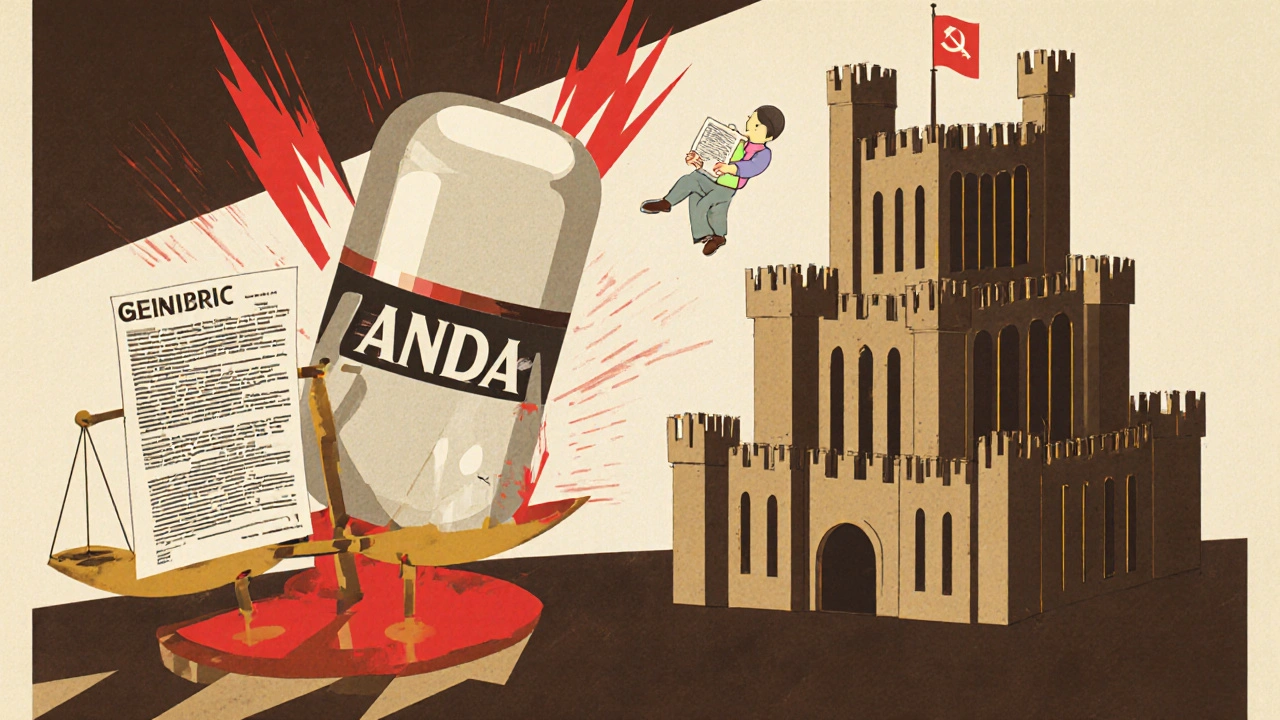Generic Drug Approval: What It Really Means and Why It Matters
When you hear generic drug approval, the official process by which regulatory agencies confirm a drug is therapeutically equivalent to its brand-name version. Also known as drug bioequivalence, it’s the gatekeeper that lets you buy the same medicine for a fraction of the price. This isn’t just paperwork—it’s what keeps prescription costs down for millions. Every time you pick up a generic version of a cholesterol pill, an antibiotic, or a blood pressure med, you’re benefiting from a system built on science, not marketing.
Not all generics are created equal, though. The FDA, the U.S. agency responsible for reviewing and approving drugs for safety and effectiveness doesn’t just check the active ingredient. They demand that the generic matches the brand-name drug in how fast and how much of it enters your bloodstream. That’s bioequivalence. If it’s off by more than a few percent, it gets rejected. But here’s the catch: this process doesn’t apply to biosimilars, complex drugs made from living cells that can’t be copied exactly, unlike simple chemical pills. Biologics like Humira or Enbrel have biosimilars, not generics. That’s why you won’t find a "generic Humira"—only a biosimilar that’s close enough to work the same way.
What about the pills you’ve seen online? A lot of sites claim to sell "FDA-approved" generics, but if they’re not sold through licensed U.S. pharmacies, they’re not regulated. The real generic drug approval process happens in controlled labs, with batch testing, stability studies, and manufacturing inspections. That’s why a $5 generic from a trusted pharmacy works just like the $50 brand name—same active ingredient, same dose, same effect. But a $2 pill from an unknown website? No one’s checked it. That’s where people get sick.
And it’s not just about price. Generic drug approval means faster access. When a patent expires, multiple companies can make the same drug. That competition drives prices down and increases supply. If you’re on a long-term medication—say, for high blood pressure or thyroid issues—this system saves you hundreds, even thousands, a year. It’s why people on social media share stories about switching from brand-name Zetia to generic ezetimibe and seeing zero difference in side effects or results.
But here’s what most people miss: approval doesn’t mean identical. Generics can have different fillers, dyes, or coatings. That’s why some folks report different side effects—like stomach upset or drowsiness—even when the active ingredient is the same. It’s not the drug failing. It’s your body reacting to something else in the pill. That’s why you might prefer one generic brand over another. It’s personal, not faulty.
What you’ll find in the posts below is a real-world look at how this plays out. From how patients use TikTok to compare generic ciprofloxacin brands, to why some people switch from Nasonex to a cheaper mometasone spray and wonder if it’s safe, to how biosimilars confuse people who think they’re just "generic biologics." These aren’t theory pieces. They’re stories from people who’ve been there—saved money, checked results, asked questions, and made smart choices. You’ll see what works, what doesn’t, and what you need to watch out for before you click "buy."

